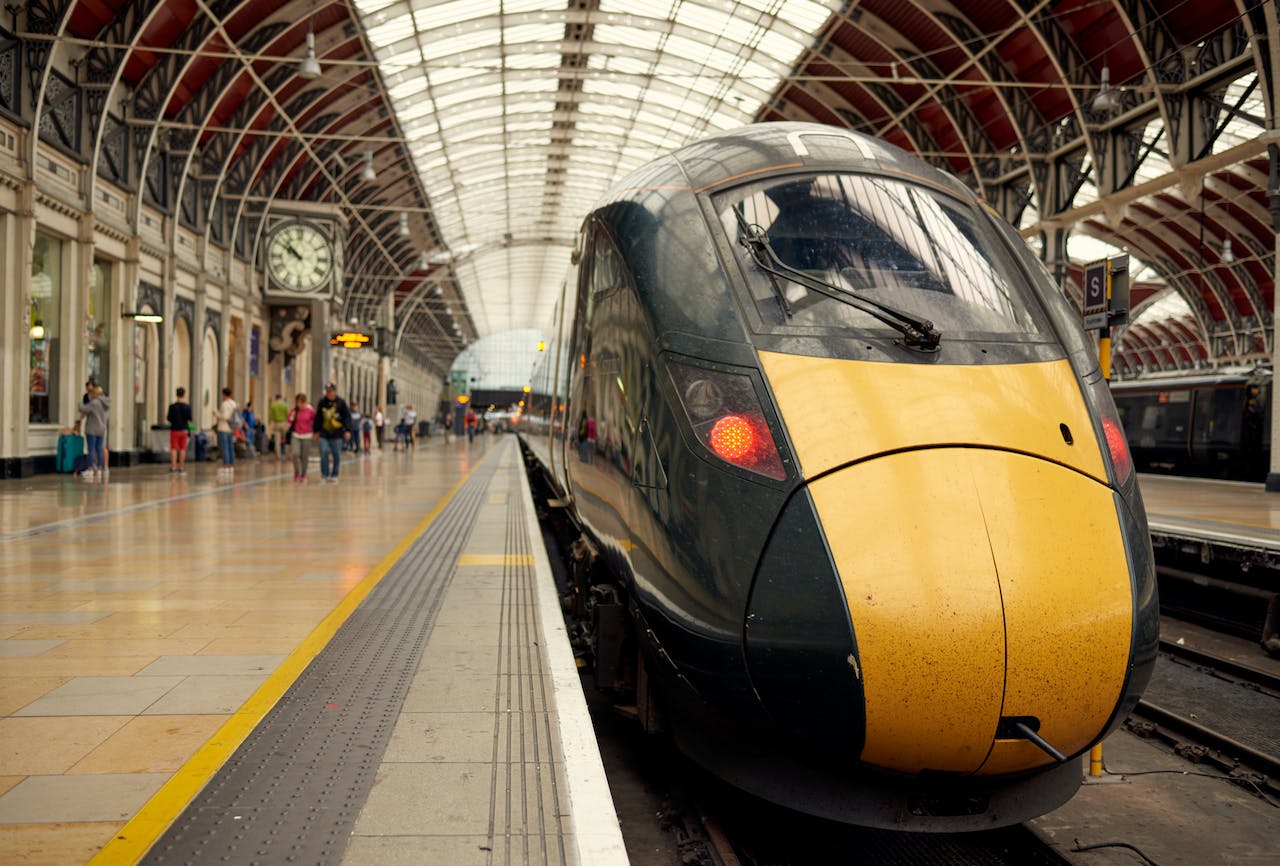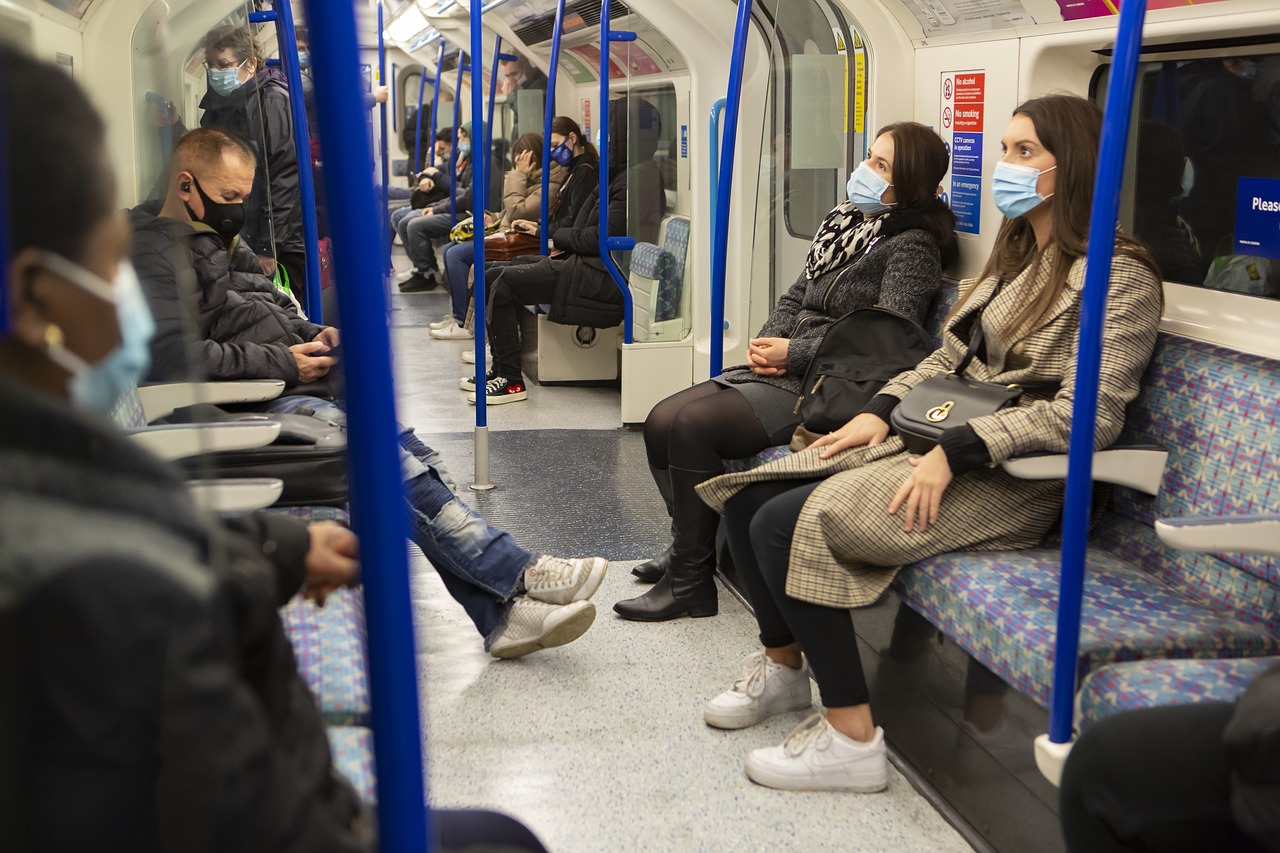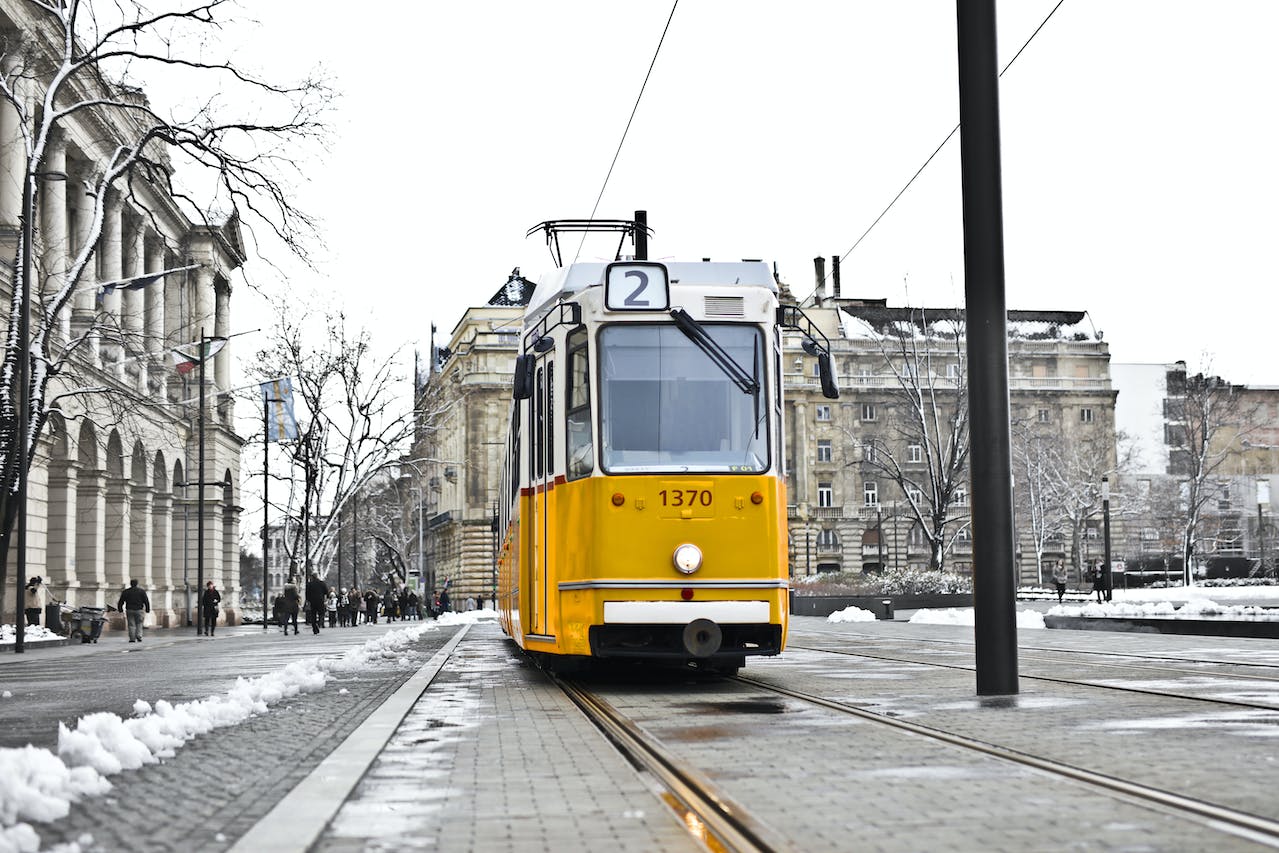Top 10 Cities with the Best Public Transportation

Cities with the best Public transportation play a vital role in the sustainable development of urban areas by facilitating efficient mobility, reducing traffic congestion, and curbing environmental pollution. It’s not just about getting from point A to B; public transportation represents a collective effort toward building inclusive and connected communities. With the rise of urbanization and increasing pressure on infrastructure, cities need reliable public transportation systems to ensure seamless connectivity for residents and commuters.
The significance of public transportation goes beyond individual benefits and directly impacts the overall livability quotient of a city. By promoting accessibility and affordability, public transit fosters economic growth while enhancing social equity. Furthermore, it serves as a fundamental element in addressing the challenges presented by climate change and contributes to creating more sustainable urban environments. As such, evaluating the effectiveness of public transportation becomes crucial when gauging the success and appeal of a city for both residents and visitors alike.

Here are the 10 Cities with Good Public Transportation
- New York City, United States
- Tokyo, Japan
- London, United Kingdom
- Berlin, Germany
- Singapore
- Copenhagen, Denmark
- Seoul, South Korea
- Vienna, Austria
- Hong Kong
- Paris, France
New York City, United States
New York City boasts one of the most extensive subway and bus systems in the world, making it the best city for public transportation. The iconic subway system covers over 660 miles of track, serving millions of commuters every day with its 24-hour operation. Its intricate network connects the city’s five boroughs, offering unparalleled convenience and accessibility to residents and visitors alike.
10 things you must consider before you travel abroad
While the subway is often the first choice for many New Yorkers, the city’s vast bus system complements this efficient mode of transportation. With over 5,700 buses navigating through neighborhoods and streets, passengers can enjoy flexible routes that cater to specific destinations not easily accessible by train. Moreover, recent investments in modernizing the bus fleet have enhanced riders’ experience with features like Wi-Fi connectivity and real-time tracking technology. This commitment to innovation ensures that New York City’s public transportation remains at the forefront of urban mobility.

Tokyo, Japan
Tokyo’s train network is renowned for its unparalleled efficiency and punctuality, setting a global standard for public transportation. With an intricate web of interconnected lines, the system caters to millions of commuters daily without delays or interruptions. It’s admirable how the trains run so precisely that even being one minute late is considered a significant failure. The high level of organization and precision makes navigating Tokyo’s extensive train network a breeze for both locals and tourists alike.
Moreover, the seamless integration of various rail companies ensures that travel across Tokyo is not only efficient but also convenient. This interconnectivity allows passengers to seamlessly transfer between different lines and modes of transport with minimal hassle or confusion, further adding to the city’s reputation for stellar public transportation. Combined with top-notch cleanliness and safety measures, it’s no wonder Tokyo consistently ranks as the best city for public transportation worldwide.
London, United Kingdom
London often hailed as one of the best cities with public transportation, boasts a network that facilitates seamless travel. The iconic red double-decker buses traversing through the city streets have become an emblem of London’s transport network, evoking a charming and nostalgic vibe for both locals and visitors alike. Riding one of these buses offers a unique vantage point to witness the city’s beauty from an elevated perspective.
How to find affordable charter buses for rent
The London Underground, commonly known as the Tube, is another integral part of the city’s transportation system. With its extensive network of lines connecting every corner of this sprawling urban landscape, the tube provides a convenient and reliable means of getting around. Commuters can easily navigate their way through renowned landmarks like Big Ben and Buckingham Palace or venture out to discover lesser-known neighborhoods with ease thanks to this well-designed transport system.
Berlin, Germany
Berlin stands out as one of the best cities for the public transportation system. The city’s well-integrated network of subways, buses, trams, and trains ensures seamless connectivity across various neighborhoods and suburbs. What sets Berlin apart is its commitment to sustainability, with a focus on reducing carbon emissions through extensive public transit options. This emphasis on eco-friendly mobility not only benefits the environment but also contributes to an overall improvement in air quality and reduces road congestion.
Moreover, Berlin’s public transportation system is designed for accessibility, catering to the needs of diverse commuters including seniors and individuals with disabilities. It encompasses barrier-free access at most stations and provides ample seating for those in need. As a result, the city’s transport network promotes inclusivity while offering convenience and comfort for all passengers. This inclusive design approach reflects Berlin’s dedication to creating a truly interconnected urban environment that prioritizes the well-being of its residents and visitors alike.

Singapore
Singapore, affectionately known as the Lion City, is a beacon of efficiency and innovation when it comes to public transportation. The island’s Mass Rapid Transit (MRT) system stands as a shining example of world-class infrastructure, seamlessly connecting people across the city-state. What sets Singapore apart from other cities renowned for good transportation is its commitment to constantly improving and expanding its network. With an extensive MRT map covering virtually every corner of the city, residents and visitors alike can navigate Singapore with astounding ease.
One key factor that makes Singapore’s MRT system truly remarkable is its impeccable cleanliness and punctuality. The stations and trains are consistently well-maintained, contributing to a pleasant commuting experience for millions of passengers each day. Moreover, the MRT is designed to not only facilitate smooth travel but also integrate seamlessly with other modes of transport such as buses, ensuring comprehensive connectivity throughout the urban landscape. This meticulous attention to detail redefines what it means to have an efficient public transit system in a bustling metropolitan environment like Singapore.
In essence, venturing into Singapore’s MRT offers more than just a means of getting from point A to point B; it presents an opportunity to witness how dedication, foresight, and cutting-edge technology converge to create an exceptional transportation experience that truly sets global standards. All these things make it one of the best cities for public transportation.
Copenhagen, Denmark
Copenhagen’s public transportation system is a shining example of sustainable urban mobility. The city boasts an extensive network of buses, trains, and metro lines that not only efficiently connect different parts of the city but also contribute to reducing carbon emissions. What sets Copenhagen apart is its relentless commitment to promoting cycling as a primary mode of transportation, with dedicated bike lanes and parking facilities throughout the city.
The integration of technology into the public transportation system further enhances its appeal. Riders can easily access real-time information about schedules and routes through apps and digital displays at stations. Additionally, the emphasis on renewable energy sources for operating the transport network underscores Copenhagen’s dedication to environmental stewardship. With regular investments in infrastructure upgrades and innovative initiatives, Copenhagen stands as one of the best cities for public transportation.
Seoul, South Korea
Seoul, South Korea, stands out as a shining example of efficient and extensive public transportation systems. The city’s intricate network of subways, buses, and trains seamlessly connects the bustling urban center to its surrounding regions, making it a delight for both residents and tourists to explore. What sets Seoul apart is not just the convenience of its public transportation but also the level of cleanliness and punctuality that it maintains. Unlike many other cities where crowded platforms and delayed services are common complaints, travelers in Seoul can rely on well-maintained facilities and timely arrivals.
Moreover, Seoul’s advanced use of technology enhances the public transportation experience. From real-time tracking of buses to contactless payment options on subways, the city constantly innovates to provide a smooth and convenient journey for commuters. Furthermore, integrated transport cards enable users to seamlessly transfer between different modes of transport without worrying about purchasing separate tickets. This emphasis on user-friendly features further solidifies Seoul’s position as one of the best cities for public transportation worldwide.
Vienna, Austria
Vienna’s public transportation system is a testament to the city’s commitment to efficiency and elegance. With its well-coordinated network of trams, buses, and subways, navigating the city is a seamless experience for both residents and visitors. What sets Vienna apart from other cities with the best public transportation is its dedication to punctuality and cleanliness. The sleek design of the vehicles and stations adds a touch of sophistication to every commute, reflecting the city’s reputation for timeless beauty.
One unique aspect of Vienna’s public transportation is the integration of historical landmarks into its infrastructure. Passengers are treated to stunning views of architectural marvels as they travel through the city, adding an extra layer of cultural enrichment to their daily routines. Additionally, Vienna’s commitment to sustainability is evident in its eco-friendly fleet of vehicles and emphasis on minimizing carbon emissions. It comes as no surprise that Vienna consistently ranks among the best cities for public transportation, setting a high standard for urban mobility that others aspire to emulate.

Hong Kong
Hong Kong’s highly developed transport network is a testament to the city’s commitment to efficient and accessible public transportation. The extensive MTR system, with its interconnected network of trains, offers residents and visitors alike a convenient way to navigate the city. Furthermore, the iconic double-decker trams provide a nostalgic yet practical mode of transportation that adds character to Hong Kong’s urban landscape.
In addition to its public transportation options, Hong Kong also boasts a well-organized system of private transport, including taxis and minibuses. This multifaceted approach ensures that individuals have an array of choices for getting around, contributing to the overall accessibility and convenience of travel within the city. Moreover, with ongoing advancements in technology and infrastructure, Hong Kong continues to set the standard for other cities seeking to enhance their transport networks. The seamless integration of public and private transport in Hong Kong sets it apart as one of the best cities with public transportation systems.
Paris, France
Paris is renowned for its efficient and well-connected metro system, making it a dream for both locals and tourists to navigate the city. With 302 stations spread across 16 lines, the Paris Metro not only provides access to iconic landmarks like the Eiffel Tower, Louvre Museum, and Notre Dame Cathedral but also offers an affordable and reliable mode of transport. The extensive coverage of the metro system ensures that no corner of the city is out of reach, allowing visitors to seamlessly explore every enchanting neighborhood and architectural marvel Paris has to offer without breaking a sweat.
Beyond just convenience, riding the Paris Metro unveils a cultural journey in itself. Each station is uniquely adorned with its character – from art installations to historical artifacts – narrating stories that add depth to one’s travel experience. Moreover, each line has its distinct vibe; whether it’s Line 1 connecting major tourist spots or Line 12 taking you through charming local neighborhoods, there’s always something new waiting to be discovered underground. In essence, it is one of Europe’s best cities with public transportation.
Cities with the best public transportation systems offer a multitude of benefits to residents and visitors alike. With efficient and extensive networks, these cities promote sustainable living, reduce traffic congestion, and provide an affordable and convenient alternative to car ownership. The accessibility of public transportation also fosters economic growth and enhances the overall quality of life by connecting people to job opportunities, education, healthcare, and cultural activities.




